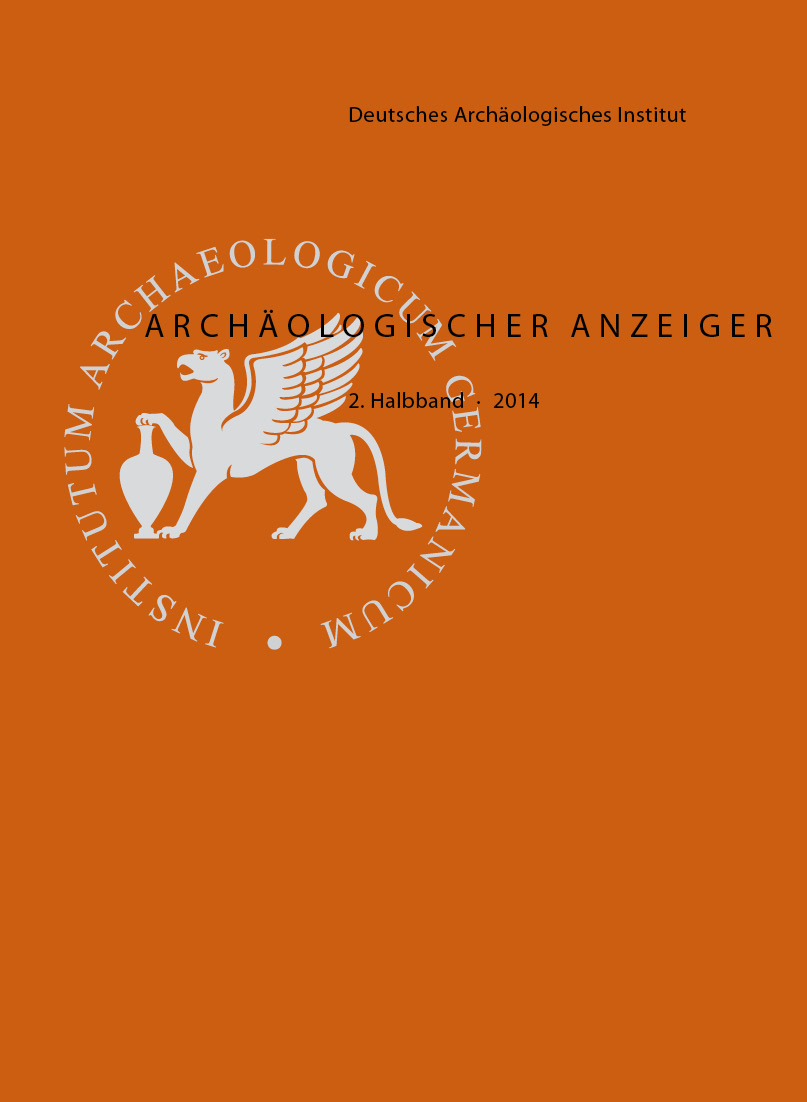Funde aus Milet XXIX. Amphorenstempel aus den Grabungen in Milet 1899–2007, 2. Teil
https://doi.org/10.34780/tzo1-4uek
Abstract
Die im ersten Teil (AA 2009/1) und hier veröffentlichten insgesamt 278 gestempelten Amphorenhenkel aus den Grabungen in Milet verteilen sich etwa gleichwertig auf die Produktionsstätten Milet und Rhodos. Die Herkunft der milesischen Stempel ist nach den Ergebnissen der Neutronenaktivierungsanalyse zweifelsfrei. Die aufgrund des abgekürzten Ethnikons vermutete Lokalisierung der Werkstatt in der Milesia bei Ioniapolis können letztendlich nur Analysen von Bodenproben bestätigen. Die milesischen Stempel beginnen im 4. Jh. v. Chr. (Wiedergabe des Münzemblems von Milet, des abgekürzten Ethnikons sowie abgekürzte milesische Namen) und erstrecken sich über das 3. bis in das 2. Jh. v. Chr. Der Schwerpunkt rhodischen Imports nach Milet liegt in der 1. Hälfte des 2. Jhs. v. Chr., den Perioden III und IV a. b der rhodischen Stempelchronologie. Bis auf einen geringen Anteil gestempelter koischer Doppelhenkel spielen weitere Produktionsstätten wie Knidos, Thasos, Chios u. a. so gut wie keine Rolle.
Parole chiave:
Milet, Amphorenstempel, Ioniapolis, Kos





